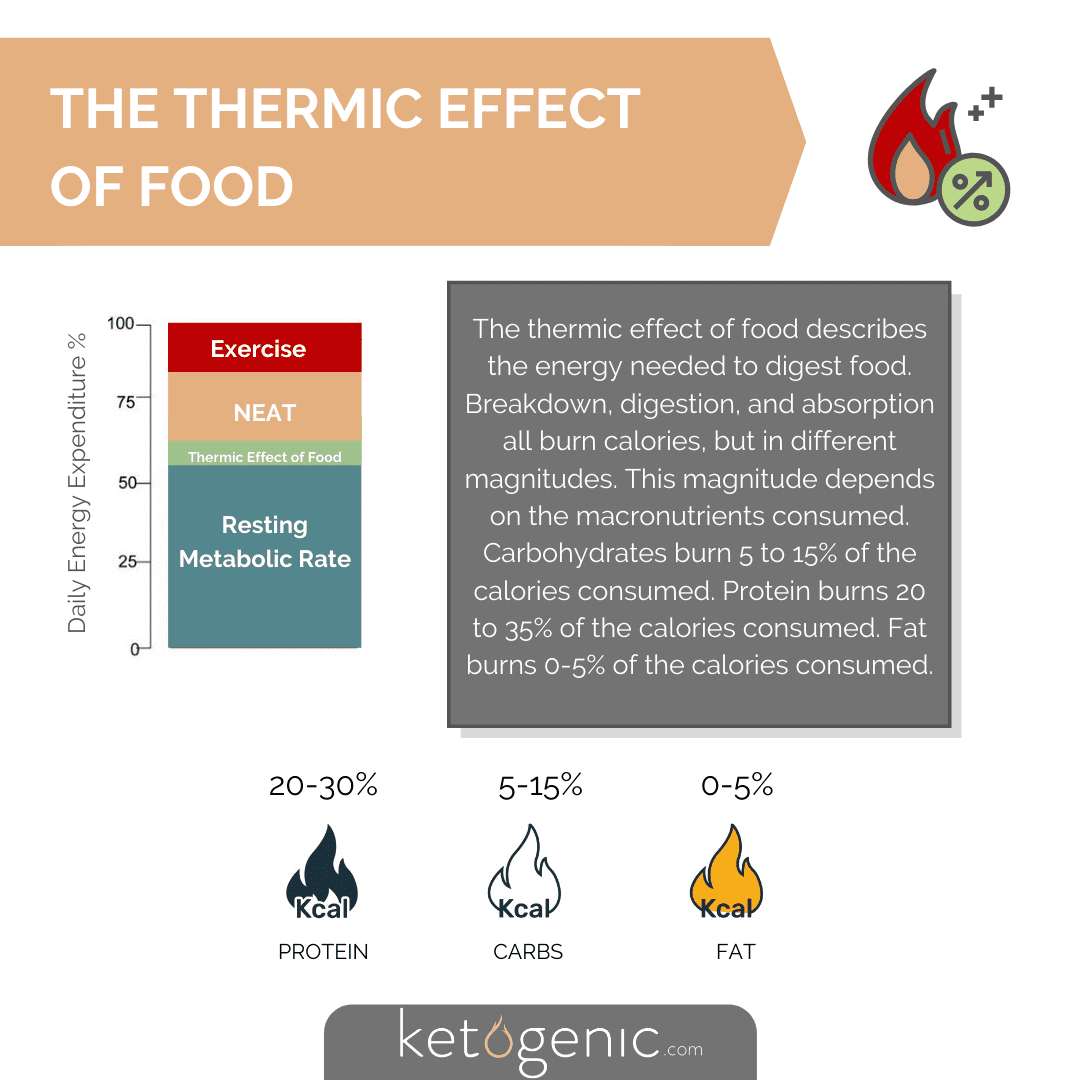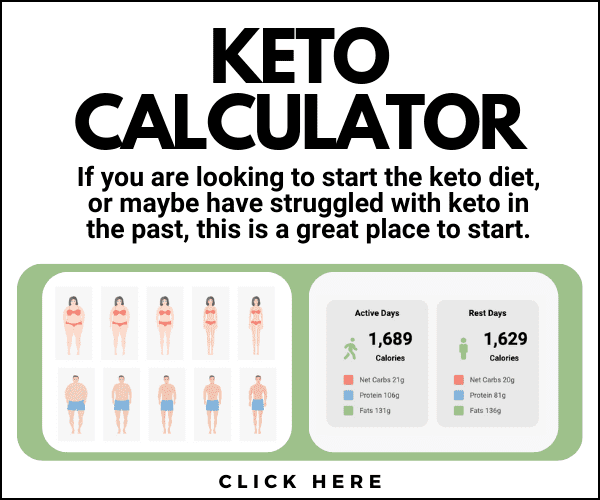Basal Metabolic Rate (BMR) and Your Metabolism

If you’ve heard the term basal metabolic rate floating around in the health and fitness world, you might be wondering what it means. What is your BMR? How does it affect weight loss? How does the ketogenic diet affect your BMR? Let’s discuss the basal metabolic rate.
What is Your Basal Metabolic Rate?
Your basal metabolic rate (BMR) refers to how many calories your body needs to accomplish the most basic (basal) functions to sustain life. Even when you’re at rest, your body burns calories to perform basic functions, such as circulation, breathing, and cell production. Your BMR is the number of calories you burn every day regardless of your activity level.
How Does Your Basal Metabolic Rate Affect Weight Loss?
Some people use BMR to help gain, lose, or maintain body weight. However, weight loss isn’t necessarily all about calories. Many experts point to the fact that quality matters more than quantity and that different foods have different metabolic effects on the body. For example, fructose tends to increase levels of the hunger hormone ghrelin more than other foods [1]. Studies show sugar can lead to insulin resistance and an increase in body weight and fat [2].
You can burn calories through your basic metabolism, your digestion, and your physical activity. Your body uses most of the calories you eat from your food to sustain basic bodily functions, such as your heartbeat.
Some foods require more work to digest, absorb, or metabolize when compared to other foods. This is called the thermic effect of food. The higher the thermic effect of a certain food, the more energy required for metabolism [3] [4].

Research reveals that foods high in fiber, fat, and protein are also more satiating than foods containing lower amounts of those nutrients. This factor could also influence weight loss [5] [6].
When you consider blood sugar levels, hunger hormones, insulin, and the thermic effect of food, the obvious problems with the concept of calories in vs. calories out becomes clear. ‘Calories in versus calories out’ is a model based on the idea that to maintain stable body weight and to be more metabolically healthy, the number of calories you consume needs to match the number you expend in energy. Calories in refers to the calories you obtain from your food and calories out refer to the number of calories you burn as energy.
Research also shows the ketogenic diet can be effective for weight loss and yield health benefits. Weight loss and the impact and relevance of calorie counting is widely disputed. Some researchers believe in the ‘calories in calories out’ weight loss model where you have to consume the same number of calories you burn to maintain your body weight. If you want to lose weight, they believe you have to consume fewer calories than you burn.
How Do You Calculate Your Basal Metabolic Rate?
One way to estimate your BMR is through the Harris-Benedict formula, which incorporates your height, weight, gender, and age.
Formula for women:
BMR = 655 + (9.6 × weight in kg) + (1.8 × height in cm) – (4.7 × age in years)
Formula for men:
BMR = 66 + (13.7 × weight in kg) + (5 × height in cm) – (6.8 × age in years)
If you’ve calculated your BMR with the Harris-Benedict formula, based on your lifestyle, you can include the number of calories you burn during your daily activities. Depending on how physically active you are, you multiply your BMR by a certain number:
- Sedentary: multiply by 1.2
- Lightly active: (light exercise 1-3 days a week) multiply by 1.375
- Moderately active: (moderate exercise 3-5 days a week) multiply by 1.55
- Very active: (strenuous exercise 6-7 days a week) multiply by 1.725
- Extra active: (very strenuous exercise 6-7 days a week) multiply by 1.9
The final number you reach is approximately how many calories you need every day to maintain your body weight, according to some researchers. Of course, it’s important to remember this is just an estimate and that other factors can influence body weight, such as body composition and hormones [7].
Your BMR can change based on several factors, such as weight, height, age, ethnicity, and genetics. Losing weight and increasing muscle can change your BMR. Some studies suggest that resistance training can improve lean body mass composition, maintain fat mass reduction, and increase BMR [8] [9].
While you don’t necessarily need to know your BMR, many people and fitness enthusiasts find it useful.
Can Keto Help You Maintain Your Basal Metabolic Rate?
Since the ketogenic diet switches your metabolism primarily to a fat-burning state instead of a sugar-burning state, it’s possible that keto also helps you maintain your basal metabolic rate.
This could be because instead of carbohydrate dependency, you’re recalibrating your appetite and metabolic hormones in the direction of ketone- and fat-burning, which might help regulate hormones and make your metabolism more efficient and consistent in general.
How Has Going Keto Affected Your Basal Metabolic Rate?
Let us know how the ketogenic diet has affected your BMR.
References
Teff, K. L., Elliott, S. S., Tschop, M., Kieffer, T. J., Rader, D., Heiman, M., Townsend, R. R., Keim, N. L., D’Alessio, D., & Havel, P. J. (2004). Journal of Clinical Endocrinology & Metabolism, 89(6), 2963-2972.
Kanarek, R. B., & Orthen-Gambill, N. (1982). Differential effects of sucrose, fructose, and glucose on carbohydrate-induced obesity in rats. The Journal of Nutrition, 112(8), 1546-1554.
Calcagno, M., Kahleova, H., Alwarith, J., Burgess, N. N., Flores, R. A., Busta, M. L., & Barnard, N. D. (2019). The thermic effect of food: A review. Journal of the American College of Nutrition, 38(6), 547-551.
Westerterp, K. R. (2004). Diet induced thermogenesis. Nutrition & Metabolism,
Clark, M. J., & Slavin, J. L. (2013). The effect of fiber on satiety and food intake: A systematic review. Journal of the American College of Nutrition, 32(3), 200-211.
Halton, T. L., & Hu, F. B. (2004). The effects of high protein diets on thermogenesis, satiety and weight loss: A critical review. The Journal of the American College of Nutrition, 23(5), 373-385.
Douglas, C. C., Lawrence, J. C., Bush, N. C., Oster, R. A., Gower, B. A., & Darnell, B. E. (2007). Ability of the Harris Benedict formula to predict energy requirements differs with weight history and ethnicity. Nutrition Research, 27(4),
Strasser, B., & Schobersberger, W. (2011). Evidence for resistance training as a treatment therapy in obesity.Journal of Obesity
Hall, K. D., Heymsfield, S. B., Kemnitz, J. W., Klein, S., Schoeller, D. A., & Speakman, J. R. (2012). Energy balance and its components: Implications for body weight regulation. American Journal of Clinical Nutrition, 95(4), 989-994.









